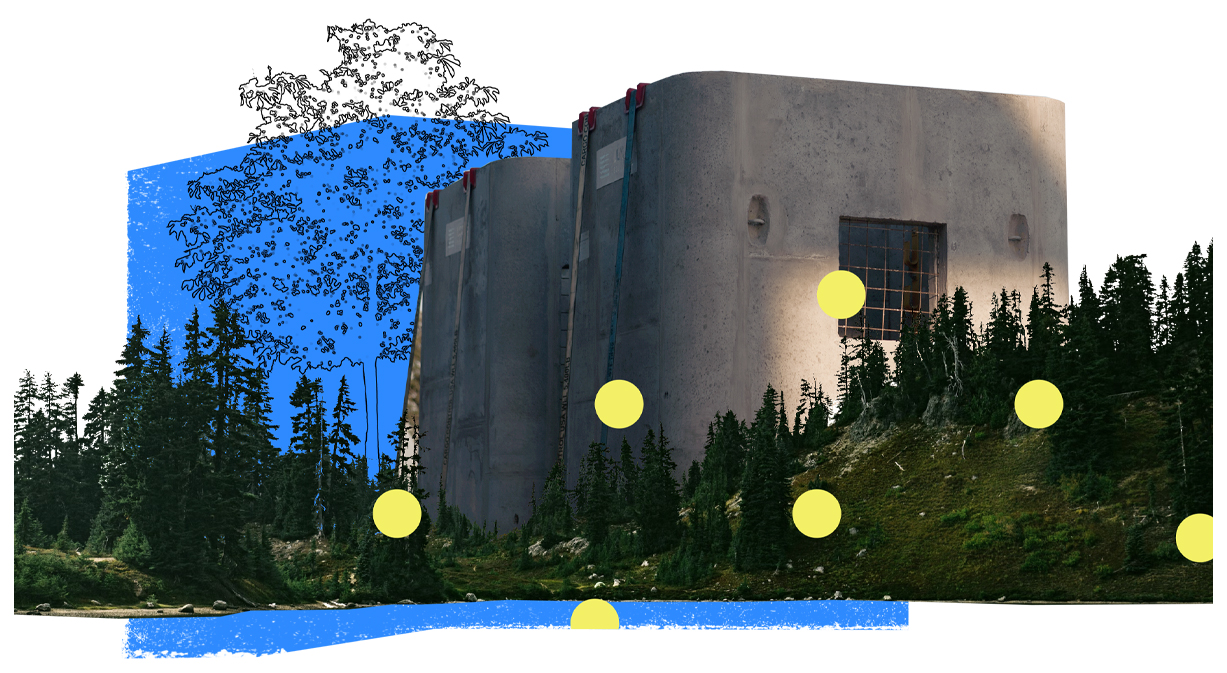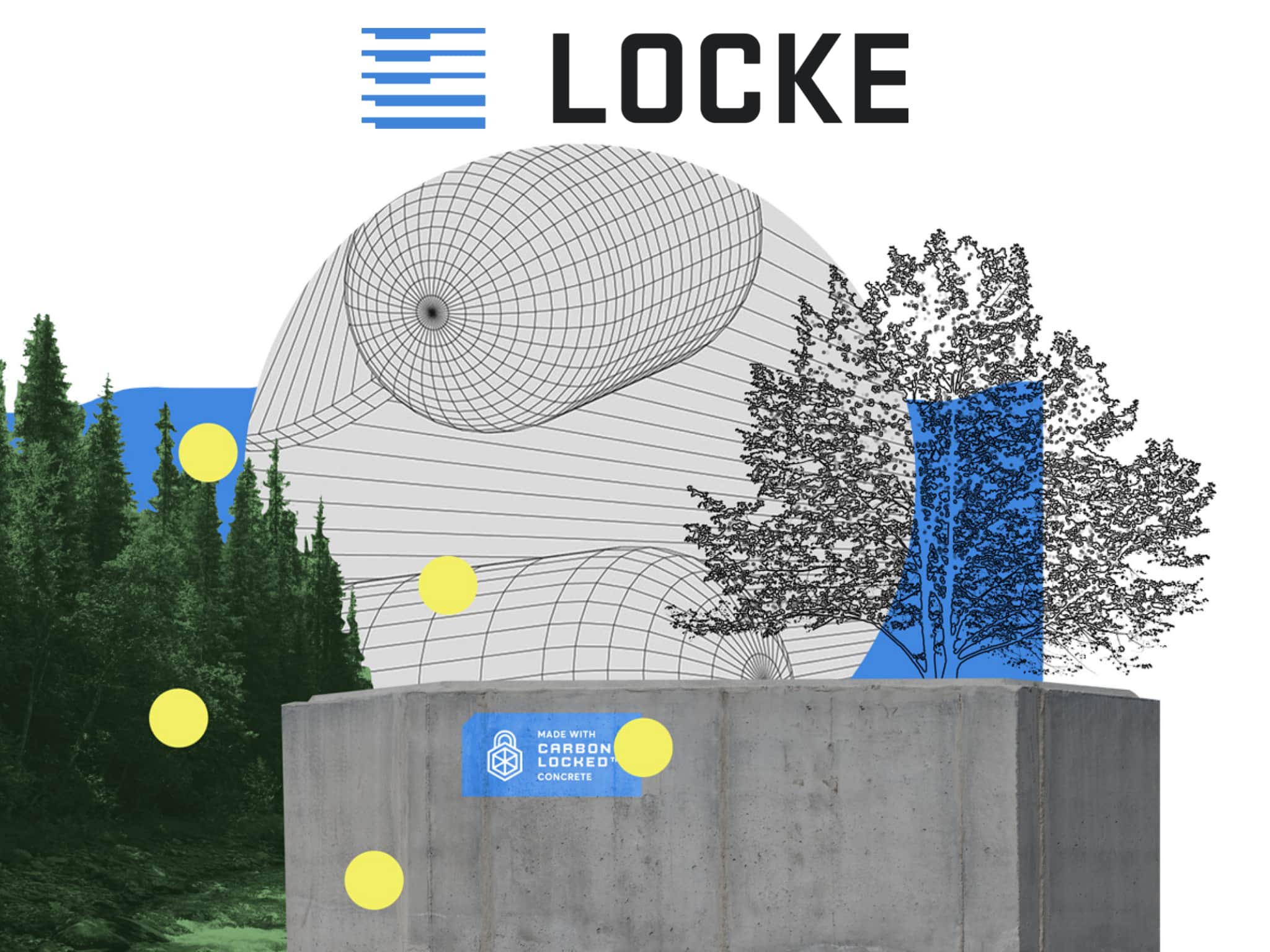Carbon Locked by Locke
The concrete industry has been facing pressure to reduce its carbon footprint due to concerns about sustainability and the environment. In fact, the Portland Cement Association estimates that the manufacture of a cubic yard of concrete, which weighs about 3900 lbs, is responsible for emitting about 400 lbs of CO2. This is because cement, a key ingredient in concrete, is responsible for about 0.9 pounds of CO2 emissions per pound of cement produced.
One potential solution to this problem is the use of Carbon Locked Concrete, a process that reduces the carbon footprint of precast concrete. This process involves the use of recycled industrial by-products, such as fly ash and slag, in the production of concrete, as well as the use of Carbon Cure’s injection system, which injects carbon directly into the mix. Carbon cure is a process that is used to accelerate the curing of precast concrete and improve its properties. The process involves the injection of carbon dioxide (CO2) into the concrete mix, which reacts with the calcium hydroxide in the concrete to form a stronger calcium carbonate compound. This reaction helps to cure the concrete more quickly and effectively, resulting in stronger and more durable concrete. [• Carbon Cure Technologies. (n.d.). How Carbon Cure Works. Retrieved from https://www.carboncure.com/how-it-works/] This process results in Mix #24, which has several benefits in terms of sustainability.

First and foremost, the use of recycled materials in the production of concrete reduces the demand for virgin materials, such as cement and aggregate, which are resource-intensive to produce. This can help to reduce the environmental impact of concrete production. In addition, the use of recycled materials in concrete reduces the amount of waste that ends up in landfills, as these materials would otherwise be discarded.
Another benefit of Carbon Locked Concrete is that it reduces greenhouse gas emissions. The production of cement is a major contributor to greenhouse gas emissions, and by using recycled materials in the production of concrete, the carbon cure process reduces the amount of cement needed and therefore also reduces the associated greenhouse gas emissions.

The use of Mix #24 in the production of precast concrete also has other environmental benefits. For example, it can improve the durability and longevity of the finished product, as the use of recycled materials can increase the strength and resistance to cracking and other types of damage. This can reduce the need for repair and maintenance over the lifespan of the concrete, further reducing the environmental impact.
In summary, Carbon Locked Concrete is a sustainable alternative to traditional concrete production methods. It reduces the demand for virgin materials, reduces waste generation, and lowers greenhouse gas emissions, while also improving the durability and longevity of the finished product. These benefits make it an attractive option for those looking to reduce their environmental impact in the construction industry.





